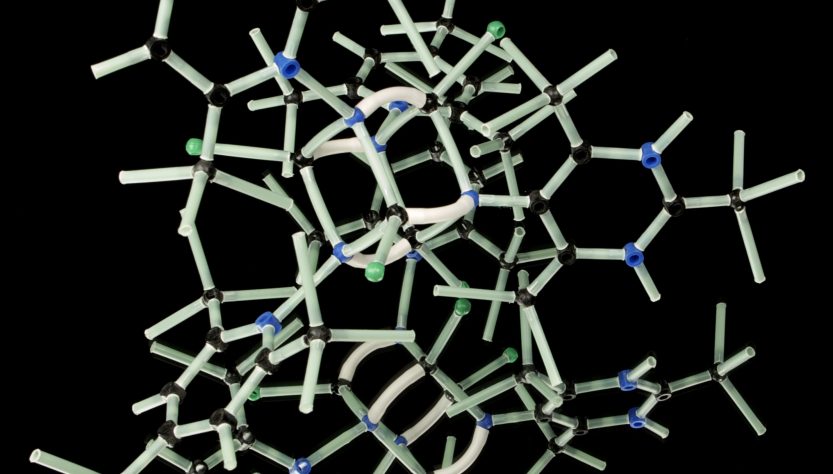Rabar Muhammad Salhe
3rd Grade – Biology Education Department – TIU
Introduction:
The blueprint for the human body lies within the intricate molecule known as DNA (Deoxyribonucleic acid). This remarkable molecule carries the genetic information that orchestrates the formation and maintenance of an individual’s body structure, from the tiniest cellular components to complex organ systems.
1-Genetic Code and Traits:
DNA consists of sequences of nucleotide bases adenine (A), thymine (T), cytosine (C), and guanine (G). The specific arrangement of these bases encodes instructions for building and regulating the body’s structures.
2-Gene Expression:
Genes are segments of DNA that code for proteins or functional RNA molecules. Through a process known as gene expression, the information in genes is translated into functional products, such as enzymes and structural proteins.
3-Protein Synthesis:
Proteins, the workhorses of cells, are vital for constructing and maintaining body structures. DNA provides the template for synthesizing proteins. Each protein’s unique sequence of amino acids determines its structure and function.
4-Development and Growth:
During embryonic development, DNA guides the formation of tissues and organs. The regulated expression of specific genes at dissimilar stages ensures that cells differentiate into the appropriate cell types and contribute to the overall body structure.
5-Inheritance of Traits:
DNA is inherited from parents. Traits, such as eye color, height, and bone structure, are inherited based on the combination of alleles (gene variants) inherited from both parents.
6-Mutations and Variations:
Occasionally, mutations occur in DNA, altering the genetic code. These mutations can lead to variations in body structure, which may be inherited or arise spontaneously.
7-Environmental Interactions:
While DNA provides the genetic blueprint, environmental factors such as nutrition, exposure to toxins, and physical activity can influence how genes are expressed. This interaction between genetics and the environment contributes to individual differences in body structure.
Conclusion:
DNA serves as the expert architect, shaping the body’s intricate structures and determining the uniqueness of everyone. The genetic code encoded within DNA is a testament to the complexity of life, and ongoing research continues to unveil its mysteries, offering insights into health, development, and the fascinating interplay between genetics and the environment. Understanding how DNA determines body structure is not only a cornerstone of biology but also holds the key to advances in medicine and personalized healthcare.
Reference.
- PubMed (ncbi.nlm.nih.gov/pubmed)
- ScienceDirect (sciencedirect.com)
- Khan Academy (khanacademy.org)

